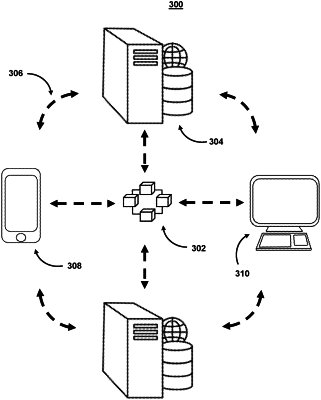| CPC H04L 9/50 (2022.05) [G06F 16/2379 (2019.01); H04L 9/0894 (2013.01)] | 20 Claims |

|
1. A system for indexing blockchain operations based on identifying unindexed parameters and other information in raw blockchain data samples, the system comprising:
a first cryptography-based storage application, wherein the first cryptography-based storage application corresponds to a first private key, and wherein the first private key is stored on a user device;
a second cryptography-based storage application, wherein the second cryptography-based storage application corresponds to a first partial private key and a second partial private key, wherein the first partial private key is stored on a remote device network, and wherein the second partial private key is stored on the user device;
a blockchain node, wherein the blockchain node verifies batches of blockchain operations, and wherein each batch of the batches comprises a plurality of blockchain operations involving the first cryptography-based storage application and the second cryptography-based storage application; and
a cryptography-based indexing application, wherein the cryptography-based indexing application:
retrieves a first bytecode sample corresponding to a first blockchain operation in a first block of a blockchain network;
parses the first bytecode sample to identify a first bytecode representation corresponding to a first contract address;
in response to identifying the first bytecode representation, compares the first contract address to a plurality of known contract addresses to determine whether the first contract address is included in the plurality of known contract addresses;
in response to determining that the first contract address is included in the plurality of known contract addresses, retrieves a first known contract address for the first contract address; and
indexes the first block by recording the first blockchain operation as corresponding to the first known contract address.
|